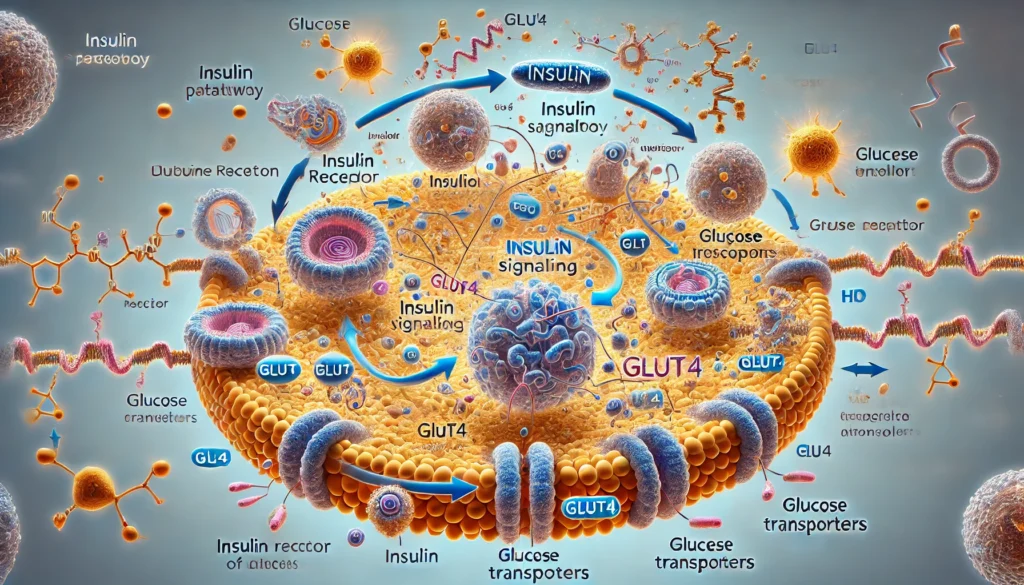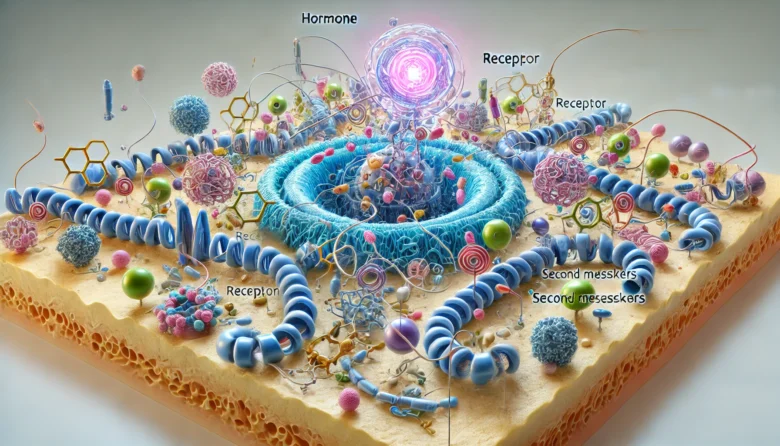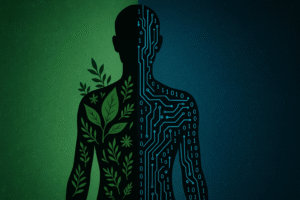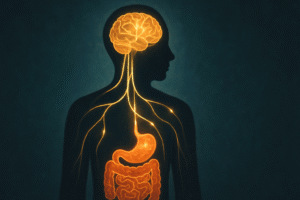When we hear the word “hormones,” we often think about mood swings, adolescence, or perhaps even stress. But have you ever wondered about the intricate chemistry behind how hormones actually work? Hormonal signaling pathways are intricate and essential systems that govern almost every aspect of our body’s functions, including growth, metabolism, mood, and reproduction. In this blog, we’ll explore the chemistry of hormonal signaling pathways, breaking down how these tiny molecules send powerful messages throughout our bodies.
Introduction
Hormones are like the body’s postal service, delivering important messages from one part of the body to another. But instead of letters, these messages come in the form of chemical signals that tell your body how to behave in specific situations. The chemistry of hormonal signaling pathways is what makes this communication possible, ensuring that everything from your heartbeat to your hunger is regulated with incredible precision. In this blog, we’ll dive into the world of hormones, exploring how these chemical messengers work, with examples that are particularly relevant to the Indian context.
What Are Hormonal Signaling Pathways?
Hormonal signaling pathways are the routes that hormones take to communicate with different parts of the body. These pathways involve the production, release, travel, and reception of hormones, which then trigger specific cellular responses. The process typically begins in an endocrine gland, such as the thyroid or pancreas, which releases hormones into the bloodstream. These hormones travel to target cells, where they bind to specific receptors, initiating a chain of chemical reactions that produce a desired effect.

The Chemistry Behind Hormones: A Closer Look
Hormones are chemical compounds made up of molecules, which can be categorized into different types based on their structural makeup. The most common categories include:
1. Peptide Hormones: These are made up of chains of amino acids. Examples include insulin, which plays a key role in controlling blood sugar levels, and oxytocin, which is important for childbirth and bonding.
2. Steroid Hormones: These hormones, derived from cholesterol, include cortisol, which helps the body handle stress, and sex hormones such as estrogen and testosterone.
3. Amino Acid-Derived Hormones: These are derived from single amino acids. Thyroxine (T4) and triiodothyronine (T3), which are produced by the thyroid gland and regulate metabolism, fall into this category.
Let’s break down how these hormones function:
Production: Hormones are synthesized by endocrine glands. For example, the pancreas produces insulin, a peptide hormone, in response to rising blood glucose levels.
Release: Once produced, hormones are released into the bloodstream. The release is often regulated by a feedback mechanism; for instance, high blood glucose levels stimulate insulin release, while low levels inhibit it.
Travel: Hormones travel through the bloodstream to reach their target cells, which could be located in different parts of the body.
Reception: Upon reaching the target cell, the hormone binds to a specific receptor on the cell’s surface or inside the cell, depending on the hormone’s nature.
Response: This binding triggers a cascade of chemical reactions within the cell, leading to the desired response, such as the uptake of glucose by cells in response to insulin.
Hormonal Signaling in Action
Now, let’s consider a few examples relevant to the Indian context to see how hormonal signaling pathways affect everyday life:
1. Thyroid Disorders:
Thyroid hormones like T3 and T4 play a crucial role in regulating metabolism. In India, thyroid disorders are prevalent, affecting millions of people. Hypothyroidism, a condition where the thyroid gland does not produce enough thyroid hormones, can result in symptoms like fatigue, weight gain, and depression. The hormonal signaling pathway begins in the pituitary gland, which releases thyroid-stimulating hormone (TSH) that tells the thyroid to produce T3 and T4. If this pathway is disrupted, the entire metabolic process can be thrown off balance.
2. Diabetes and Insulin Resistance:
India is home to a large population of people with diabetes, particularly Type 2 diabetes, which involves insulin resistance, where insulin, the hormone that facilitates glucose entry into cells, is not properly utilized by the body. In individuals with insulin resistance, cells do not effectively respond to insulin, causing elevated blood sugar levels. Insulin signaling chemistry involves insulin binding to its receptor on the cell surface, triggering glucose absorption. Disruption in this signaling pathway is a key factor in the development of diabetes.
3. Stress and Cortisol:
In the fast-paced urban life of many Indians, stress is a common issue, leading to the release of cortisol, a steroid hormone. Cortisol assists the body in managing stress by raising blood sugar levels, suppressing immune function, and supporting metabolism. However, prolonged exposure to high cortisol levels due to chronic stress can lead to issues like high blood pressure, obesity, and anxiety. Understanding the hormonal signaling pathway of cortisol can help in managing stress more effectively.
Hormonal Imbalances: Causes and Effects
Hormonal imbalances can occur when there’s too much or too little of a hormone in the bloodstream. Hormonal imbalances can arise due to various reasons:
Diet and Nutrition: Poor diet, particularly low in essential nutrients like iodine (critical for thyroid function), can disrupt hormone production.
Lifestyle Factors: Stress, insufficient sleep, and a sedentary lifestyle can result in hormonal imbalances, including elevated cortisol levels.
Medical Conditions: Conditions such as polycystic ovary syndrome (PCOS), which is prevalent among Indian women, are associated with imbalances in sex hormones like estrogen and testosterone.
The impact of hormonal imbalances can be extensive, influencing mood, energy, weight, and overall health. For instance, an overactive thyroid (hyperthyroidism) may cause weight loss, anxiety, and heart palpitations, while an underactive thyroid (hypothyroidism) can lead to weight gain, fatigue, and depression.
Conclusion
The chemistry of hormonal signaling pathways is a key player in maintaining the body’s equilibrium, affecting everything from metabolism to mood. Understanding how these pathways work gives us insight into managing our health better, especially in a country like India, where conditions like diabetes, thyroid disorders, and stress are common. By paying attention to our diet, lifestyle, and overall well-being, we can help keep our hormones in balance, leading to a healthier, happier life.
Author’s Note
The complexity and elegance of hormonal signaling pathways never cease to amaze me. As we continue to uncover more about how our bodies work, it’s fascinating to see how these tiny molecules have such a profound impact on our health. I hope this blog has helped you understand the chemistry behind hormones a little better and inspired you to take a proactive approach to your health.
G.C., Ecosociosphere contributor.




